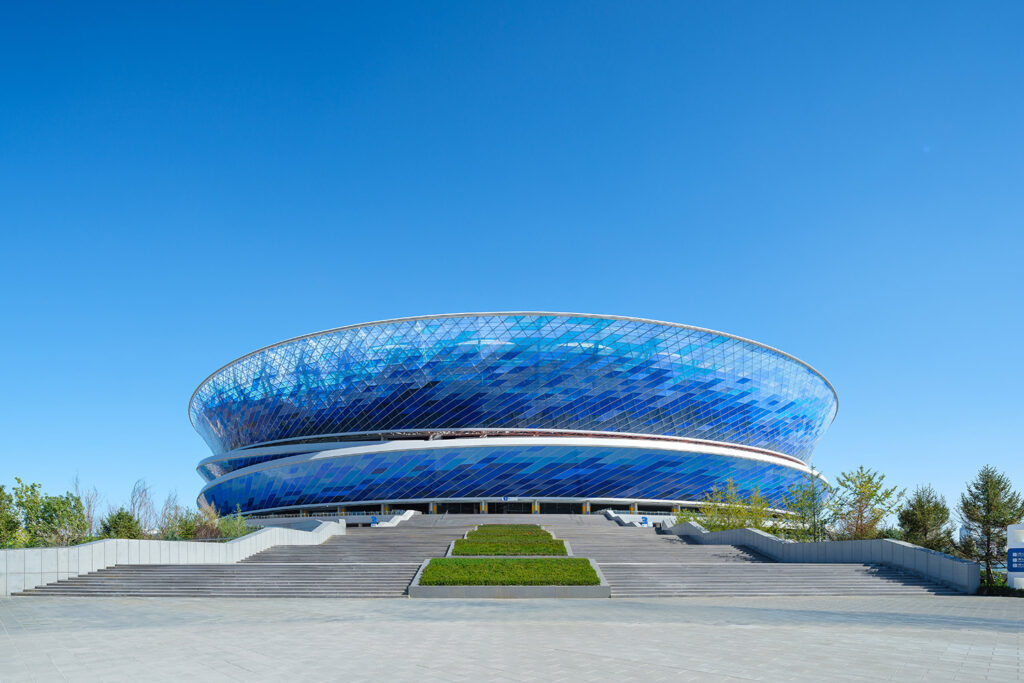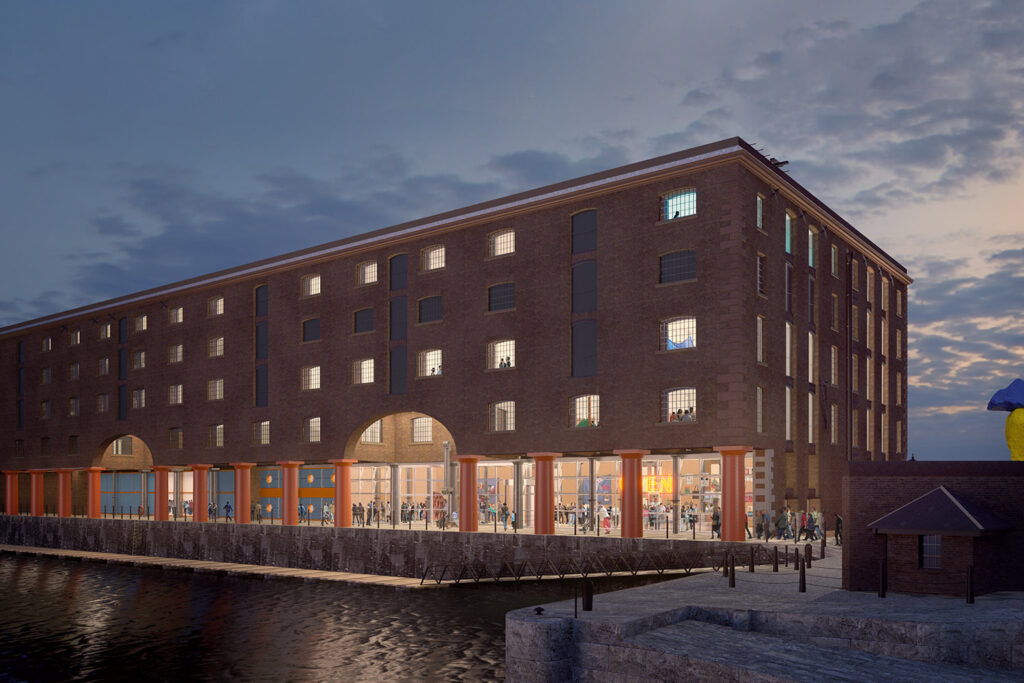Embodied Carbon and Facades Masterclass
Whole life carbon assessments are required to define a pathway towards net zero carbon buildings. A detailed and accurate understanding of the impact facades can have on the operational and embodied carbon of a building is crucial in this process.
With the recent release of the Centre for Window and Cladding Technology’s (CWCT) guide dedicated to calculating the embodied carbon of facades, designers can now more accurately and consistently evaluate facade design decisions regarding life cycle carbon impacts. This enables designers to better understand different facade systems and their varying life cycle impacts according to materiality, fabrication, installation, and end-of-life requirements.
This masterclass focuses on some key principles to be considered and coordinated when designing facades with sustainability as a key design driver. It also introduces some important aspects of the CWCT’s guide for calculating the embodied carbon of facades which was co-authored by the Buro Happold Facade Engineering team member Teni Ladipo.
Speaker

Teni Ladipo
PhD MSc BSc CEng MCIBSE
Teni Ladipo is an Associate facade consultant with experience in the consulting engineering sector for both new and existing building construction primarily based in the UK and with some time spent working in the US.
She is a Chartered Engineer and member of CIBSE. In addition to her experience as a consultant with an academic background in building science and environmental design, she has remained involved in research focused on climate change resilience, high performance building, and whole life cycle assessments focused on facades. Teni is the leader facade sustainability technical working group and one of the primary authors of new industry guidance on how to calculate embodied carbon for facades as part of her work with the Centre for Window and Cladding Technology (CWCT).









